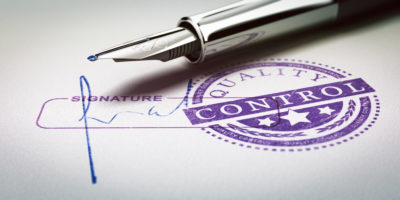Tracking a project effectively is one of the most challenging requirements a project manager will face. Every customer has its own set of requirements and data that they want to consider; but in general, it’s all about costs, schedule and scope.
The effectiveness of a project tracker is vital for a project progress as it represents a snapshot of the current conditions and can be useful for stakeholders and project team members to detect delays, or costs overrun.
So, what are the most important factors to consider when tracking project progress? What information can we present and how can we capture the important facts? Let’s discuss and review the methods and reports you can use to communicate your projects progress successfully.
Key Steps of Project Tracking
The first step to tracking a project is to identify the critical aspects, deliverable and milestones. Based on that information, the project tracker will be developed to provide detailed information such as health and issues delivered to project stakeholders on a weekly basis or more frequent as deemed applicable. Other components that must be a part of the report are:
- Achievements
- Future Steps
- Cost Status
- Production
- Issues/Risks
- Labour Resources
- Schedule
Developing a Winning Report Even When You are Off-Track
A key aspect to developing a report is team collaboration. Having input from different business units will make your report well-rounded and more attractive to the recipients. Make sure that you are using graphs and tools to demonstrate project updates, quantities completed, and summary of milestones completed or in progress.
Don’t overestimate or be too optimistic while reporting, it’s always good to report on more achievements completed than the ones projected to be completed. It’s also good practice to assign due dates or completion dates to open items and have all major milestones covered in your report.
Important Aspects: Labour, Costs & Schedule
This is probably the most important aspect of the report as it involves money from the project stakeholders. Start by indicating the labour costs tied to the project and present a summary of costs accrued and cost to complete the project. This section needs to have a detailed analysis of changes, modifications and time extensions that are affecting the project.
The cost section needs to have graphs showing the accumulated costs, broken down by material, labour and the project costs including potential savings that the project might produce. A project dashboard is the best way to represent all costs, labour and schedule issues on a project. The dashboard is easily maintained on a weekly basis providing a clear panorama of the project status.
Overlooked Sections: Risks & Issues
The most overlooked section of a project report are the risks and issues. The risks must be in accordance with the risk register developed during the project planning process. It is important to have a risk matrix, showing probability and consequences of the risks identified. Here is where you will need to employ your project management skills by addressing how each risk will be handled. The risks are classified per categories, i.e. cost, schedule, scope, and having each risk item defined, will serve as a tool that will guide your project planning for the upcoming report. The risks are to be avoided, accepted, or transferred and every item must have specific action items, mitigation plans, costs implications, schedule impacts and due dates to solve the issues.
This section must also include the owner of the risks, as sometimes they are caused by third party or external consultants unrelated to the general contractor.
Reporting Your Project
The report must be delivered electronically to all project stakeholders, with a detailed summary of the action items and due dates, including a major issues summary, per section.
The timing of the project tracker delivery is vital, as most people can miss having the report on a timely manner. It’s recommended to present the report to the executive team or the project team prior to sharing it with the external stakeholders to gain concurrence with the information being presented.
The final report must be vetted and discussed thoroughly with the project team. This final report should then be used as a reference during the next status report. The project tracker report must be kept as part of the project.
To conclude, tracking your project can be a daunting task with the number of requirements that need to be tracked, let alone informing the number of people who are involved with the project. Implementing the key steps above when tracking your projects progress may help you to eliminate such challenges.
What steps do you take to track and report your projects progress? Leave a comment below and let your fellow professionals know.


